Home>Gardening & Outdoor>Landscaping Ideas>What Is A Grass Widow
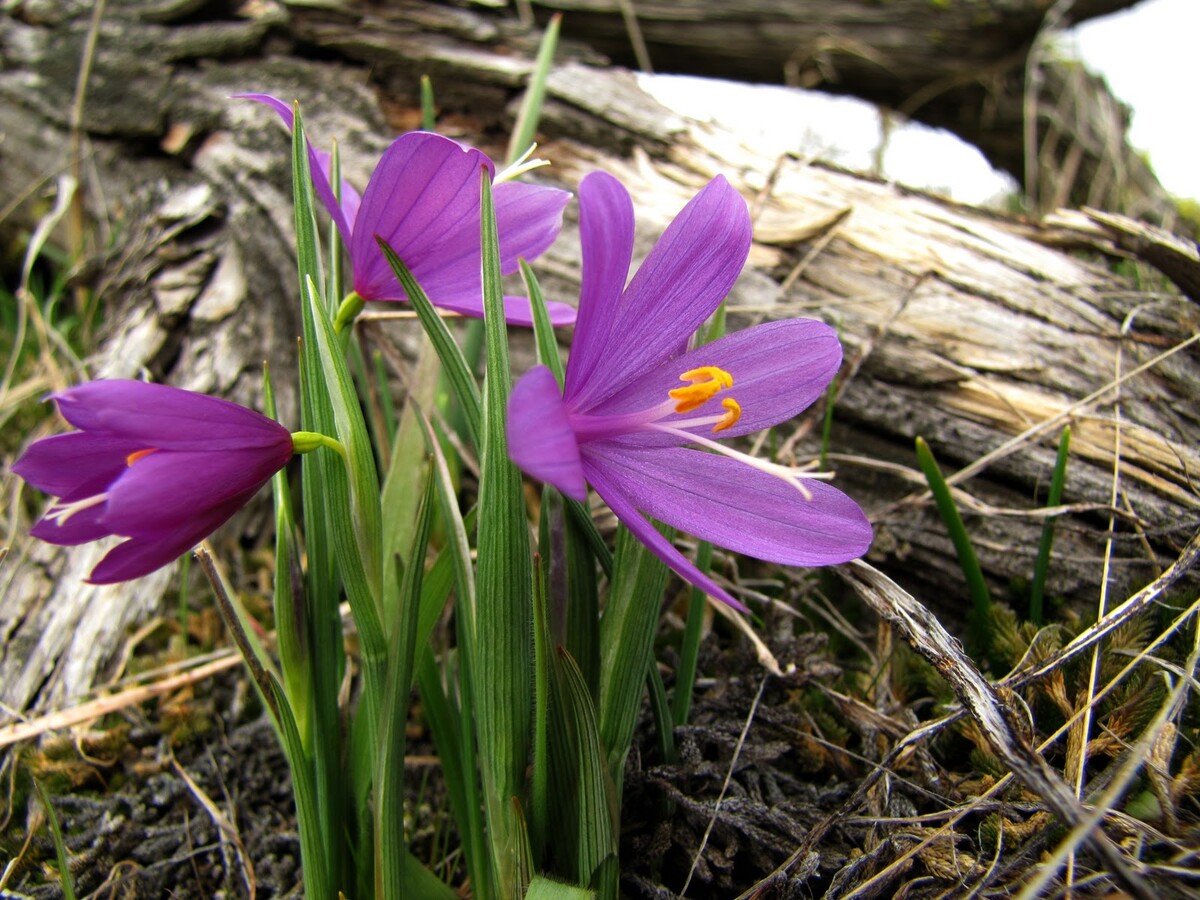

Landscaping Ideas
What Is A Grass Widow
Published: January 27, 2024
Discover what a grass widow is and how it can enhance your landscaping ideas. Learn about the benefits and uses of this unique plant.
(Many of the links in this article redirect to a specific reviewed product. Your purchase of these products through affiliate links helps to generate commission for Storables.com, at no extra cost. Learn more)
Introduction
Welcome to the intriguing world of landscaping, where every plant, feature, and term has a story to tell. In this article, we will delve into the captivating concept of a grass widow. From its historical significance to modern interpretations, we will explore the multifaceted nature of this term and its relevance in landscaping and beyond.
So, what exactly is a grass widow? Let’s embark on a journey to unravel the definition, historical roots, cultural significance, and contemporary relevance of this intriguing term.
Key Takeaways:
- A grass widow isn’t a person, it’s a patch of worn-out grass in a garden. It reminds us to take care of our lawns and appreciate the history and culture behind this term.
- The term “grass widow” has a deep history and cultural significance, reflecting societal attitudes towards marriage, independence, and the role of women. It also inspires modern ecological practices and creative expressions.
Definition of a Grass Widow
At first glance, the term “grass widow” may conjure images of a widow tending to her garden, surrounded by lush greenery and vibrant blooms. However, the term holds a deeper and more nuanced meaning within the realm of landscaping and horticulture.
In traditional landscaping and gardening, a grass widow typically refers to a patch of grass or lawn that has become bare or worn due to various factors such as heavy foot traffic, adverse weather conditions, or inadequate maintenance. This term is often used to describe a specific area within a garden or landscape where the grass no longer thrives, leaving a visible and often unsightly void amidst an otherwise verdant setting.
From a horticultural perspective, the concept of a grass widow underscores the importance of proper lawn care and maintenance. It serves as a reminder of the challenges that can arise in preserving the lushness and vitality of a lawn, prompting gardeners and landscapers to employ strategies for rejuvenating and nurturing the affected areas.
Furthermore, the term “grass widow” can also be interpreted metaphorically, extending beyond its literal horticultural connotation. In some contexts, it has been used to symbolize a woman who is temporarily separated from her spouse, particularly in historical and literary contexts. This additional layer of meaning adds depth to the term, infusing it with a sense of emotional and relational significance.
As we continue our exploration, it becomes evident that the concept of a grass widow transcends its literal definition, encompassing both practical and symbolic dimensions that contribute to its rich and diverse character.
Historical and Cultural Significance
The term “grass widow” has a fascinating historical and cultural significance, reflecting the evolving perceptions of landscapes, gender roles, and societal norms. In historical contexts, the term was often associated with the experience of women whose husbands were absent for extended periods, whether due to military service, work-related travel, or other circumstances. This association with temporary separation imbued the term with a poignant and empathetic undertone, acknowledging the challenges faced by women in maintaining their households and tending to their surroundings in the absence of their spouses.
Furthermore, the concept of a grass widow has been intertwined with the portrayal of domestic life in literature and art, offering a glimpse into the emotional and practical realities of individuals managing their homes and gardens independently. This depiction has contributed to the cultural symbolism of resilience, adaptability, and self-sufficiency associated with the term, elevating it beyond its literal horticultural origins.
From a broader cultural perspective, the term “grass widow” has also been used to reflect societal attitudes towards marriage, independence, and the role of women. Throughout history, it has been employed in diverse contexts, ranging from sympathetic recognition of women’s experiences to derogatory insinuations about marital status and societal expectations.
As landscapes and gardens have long served as reflections of societal values and aspirations, the term “grass widow” has become intertwined with the broader narrative of human experiences and relationships with the natural world. Its historical and cultural significance underscores the intricate interplay between language, landscapes, and the human condition, inviting contemplation and exploration of its multifaceted meanings.
By acknowledging the historical and cultural dimensions of the term “grass widow,” we gain a deeper appreciation for its resonance across different contexts and eras, shedding light on the evolving perceptions and representations of landscapes, relationships, and the individuals who tend to them.
A grass widow is a term used to describe a woman who is temporarily separated from her husband, often due to his work or military service. It is important to be understanding and supportive of grass widows during their time apart.
Modern Interpretations
In contemporary landscaping and horticulture, the concept of a grass widow continues to evolve, reflecting shifting perspectives on environmental stewardship, sustainable practices, and the interplay between nature and human activity. As awareness of ecological balance and conservation grows, the term “grass widow” has garnered renewed attention as a symbol of the challenges and opportunities inherent in maintaining healthy, vibrant landscapes.
Modern interpretations of the grass widow concept emphasize the importance of proactive lawn care and sustainable landscaping practices. Rather than viewing bare or worn patches of grass as mere aesthetic concerns, gardeners and landscapers now approach them as opportunities for ecological restoration and biodiversity enhancement. This shift in perspective underscores the dynamic relationship between human interventions and natural processes, encouraging innovative approaches to nurturing and revitalizing landscapes.
Moreover, the term “grass widow” has found resonance in discussions of urban green spaces and community gardening initiatives. In urban environments, where green areas may face heightened pressures from urbanization and human activities, the concept of a grass widow serves as a reminder of the need to prioritize green infrastructure and sustainable urban planning. It prompts communities to explore creative solutions for revitalizing and reclaiming neglected or degraded green spaces, fostering a sense of environmental stewardship and community engagement.
Beyond its horticultural connotations, the term “grass widow” continues to inspire contemporary artistic and literary expressions, offering a lens through which to explore themes of resilience, adaptation, and the interconnectedness of human experiences and natural environments. Through diverse creative mediums, the term resonates with audiences, inviting reflection on the complexities of human-nature relationships and the enduring relevance of landscapes in shaping individual and collective identities.
By embracing modern interpretations of the grass widow concept, we embrace a holistic view of landscapes as dynamic, living entities that reflect and respond to human interactions and environmental influences. This perspective encourages us to approach landscaping and horticulture with sensitivity, creativity, and a commitment to nurturing landscapes that thrive in harmony with nature and human experiences.
Conclusion
As we conclude our exploration of the grass widow, we are reminded of the depth and richness encapsulated within this seemingly straightforward term. From its historical origins to its modern interpretations, the grass widow embodies a tapestry of meanings that extend beyond the realm of landscaping, resonating with themes of resilience, adaptation, and the interconnectedness of human experiences and natural environments.
Throughout history, the term “grass widow” has served as a reflection of societal attitudes towards marriage, independence, and the role of women, offering insights into the emotional and practical realities of individuals managing their homes and gardens independently. Its cultural significance underscores the intricate interplay between language, landscapes, and the human condition, inviting contemplation and exploration of its multifaceted meanings.
In contemporary contexts, the grass widow concept prompts us to approach landscaping and horticulture with a holistic view, recognizing the dynamic relationship between human interventions and natural processes. It encourages us to embrace sustainable practices, ecological restoration, and community engagement, fostering a deeper connection with the landscapes we inhabit and cultivate.
Moreover, the term “grass widow” continues to inspire creative expressions, inviting reflection on the enduring relevance of landscapes in shaping individual and collective identities. Through diverse artistic and literary mediums, it serves as a lens through which to explore themes of resilience, adaptation, and the enduring significance of human-nature relationships.
As we navigate the intricate tapestry of meanings woven into the concept of a grass widow, we are reminded of the timeless relevance of landscapes as reflections of human experiences, aspirations, and stewardship. Whether in historical narratives, modern ecological discourse, or creative expressions, the grass widow invites us to contemplate the interconnectedness of landscapes and the human spirit, fostering a deeper appreciation for the multifaceted nature of our natural and cultural environments.
In essence, the grass widow transcends its literal definition, inviting us to embrace the complexities and nuances of landscapes, relationships, and the enduring stories they hold. It beckons us to tend to our surroundings with care, creativity, and a profound understanding of the narratives they embody, enriching our lives and communities in the process.
Frequently Asked Questions about What Is A Grass Widow
Was this page helpful?
At Storables.com, we guarantee accurate and reliable information. Our content, validated by Expert Board Contributors, is crafted following stringent Editorial Policies. We're committed to providing you with well-researched, expert-backed insights for all your informational needs.
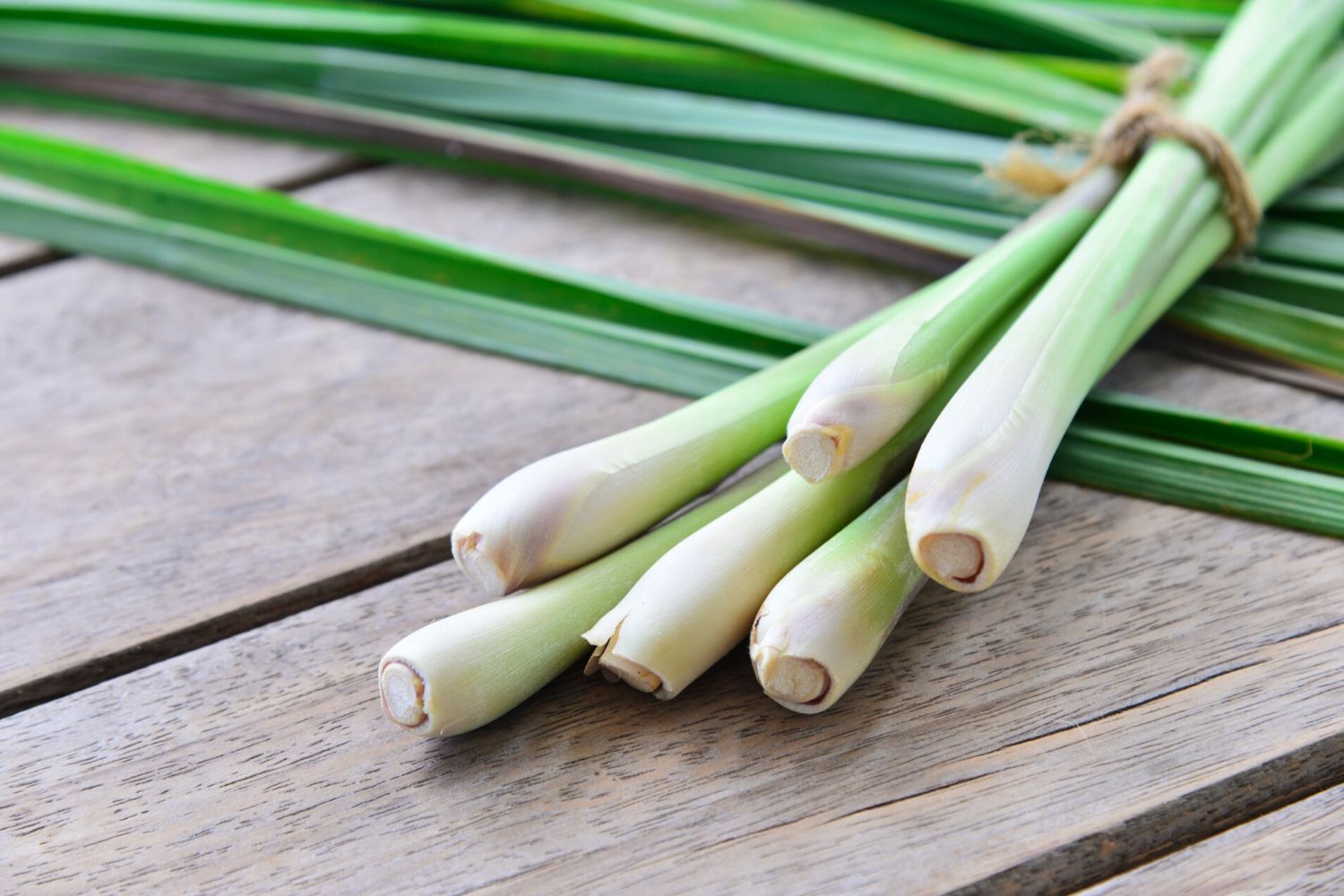
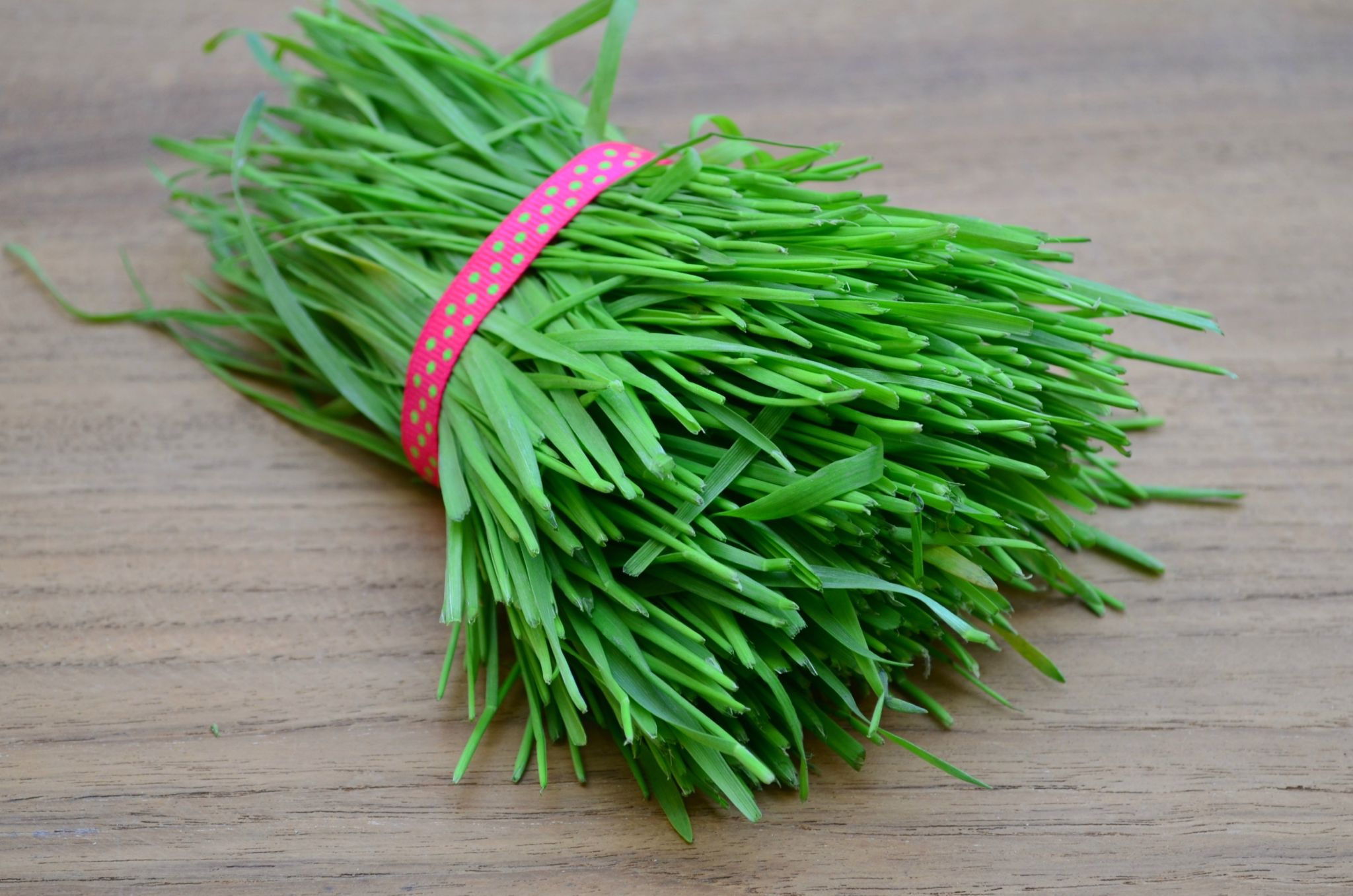
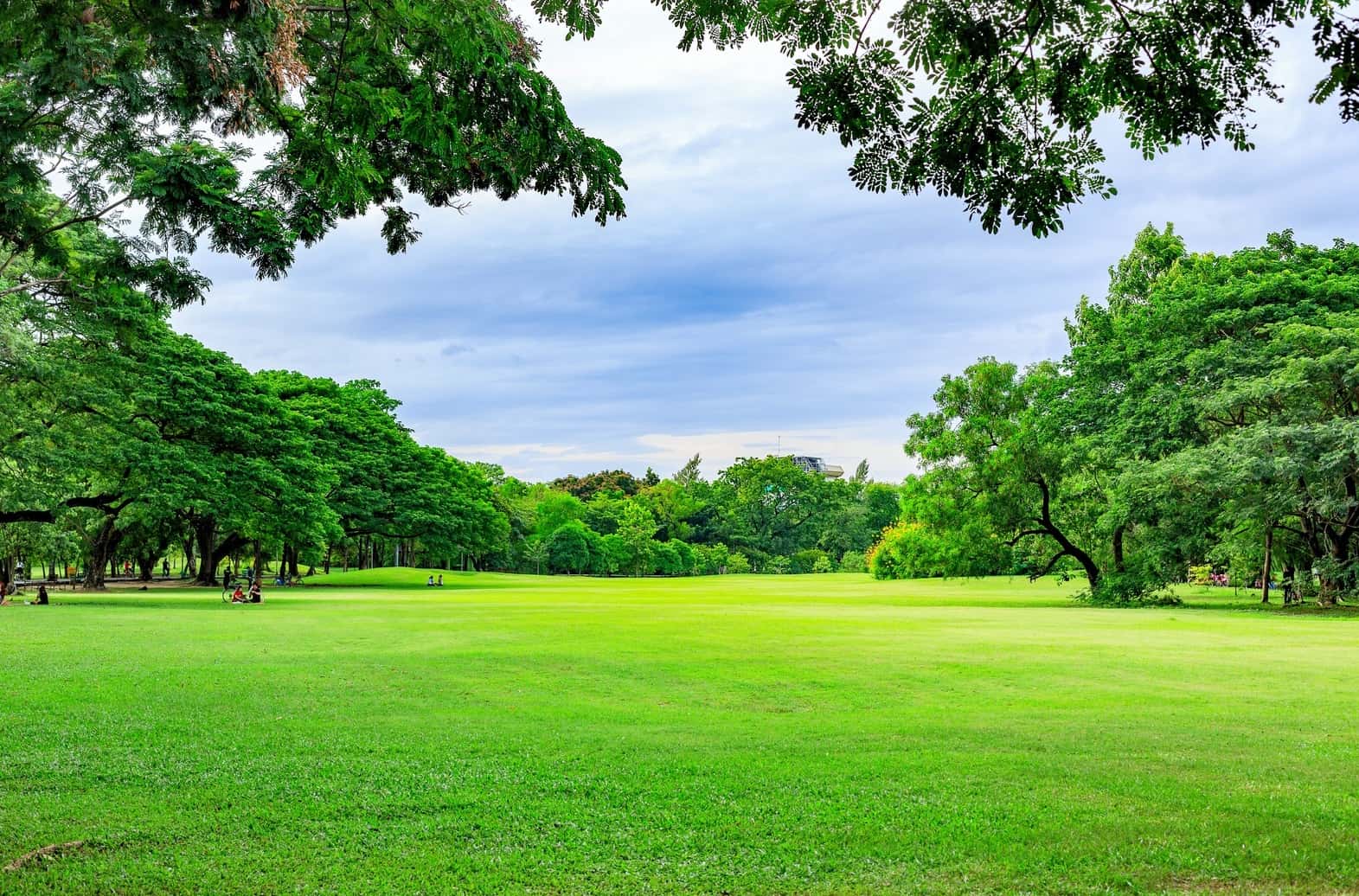
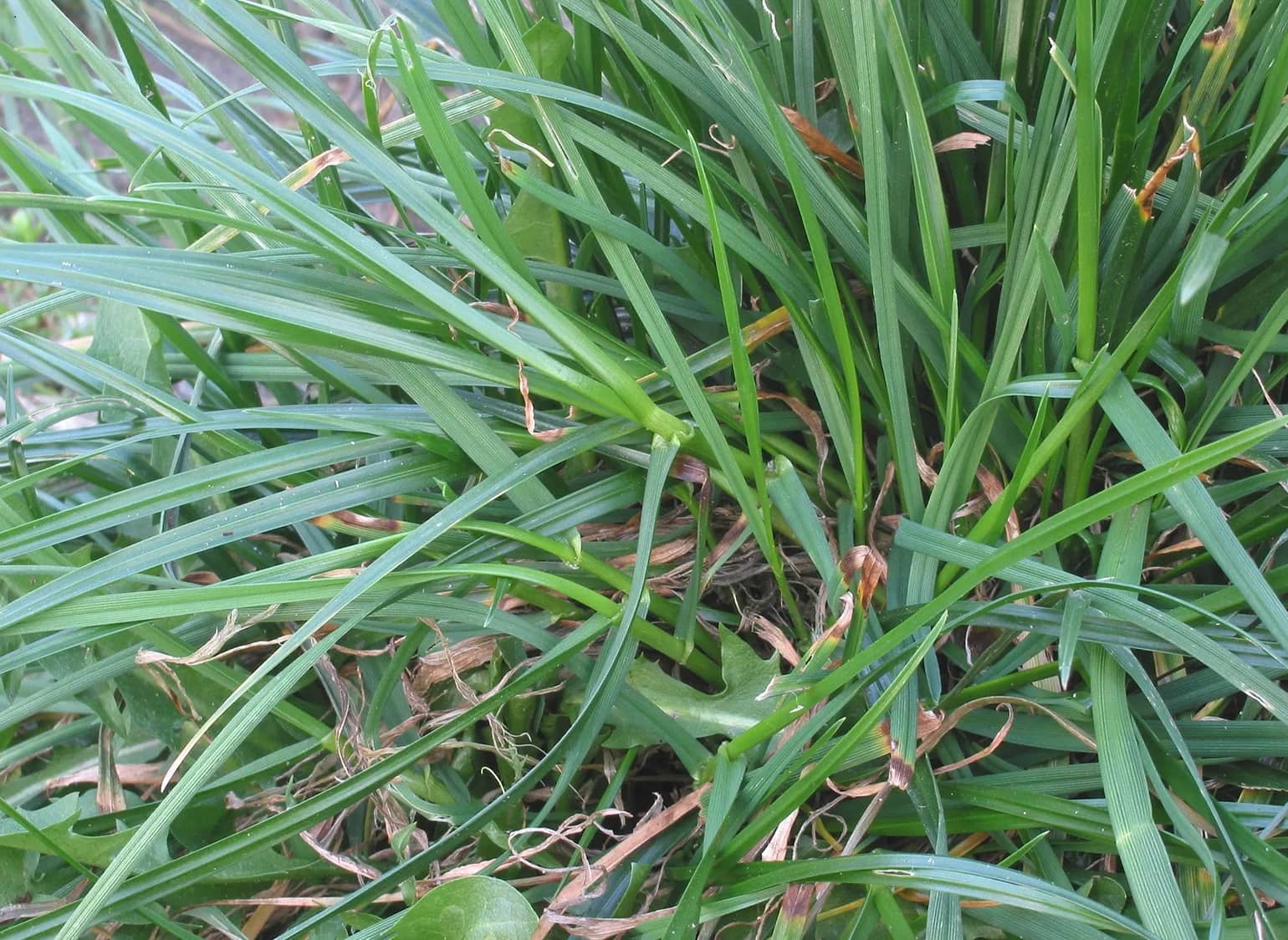
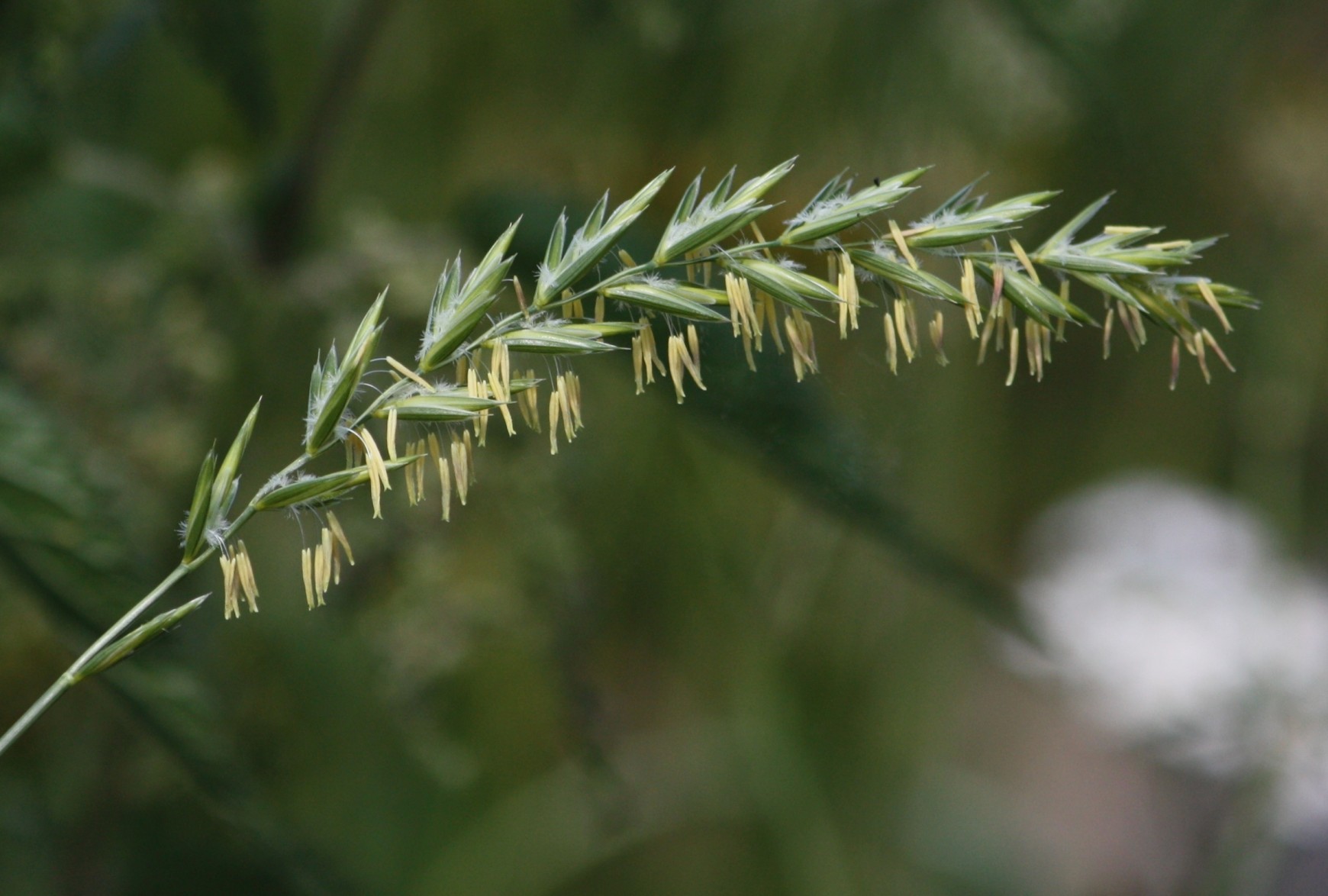
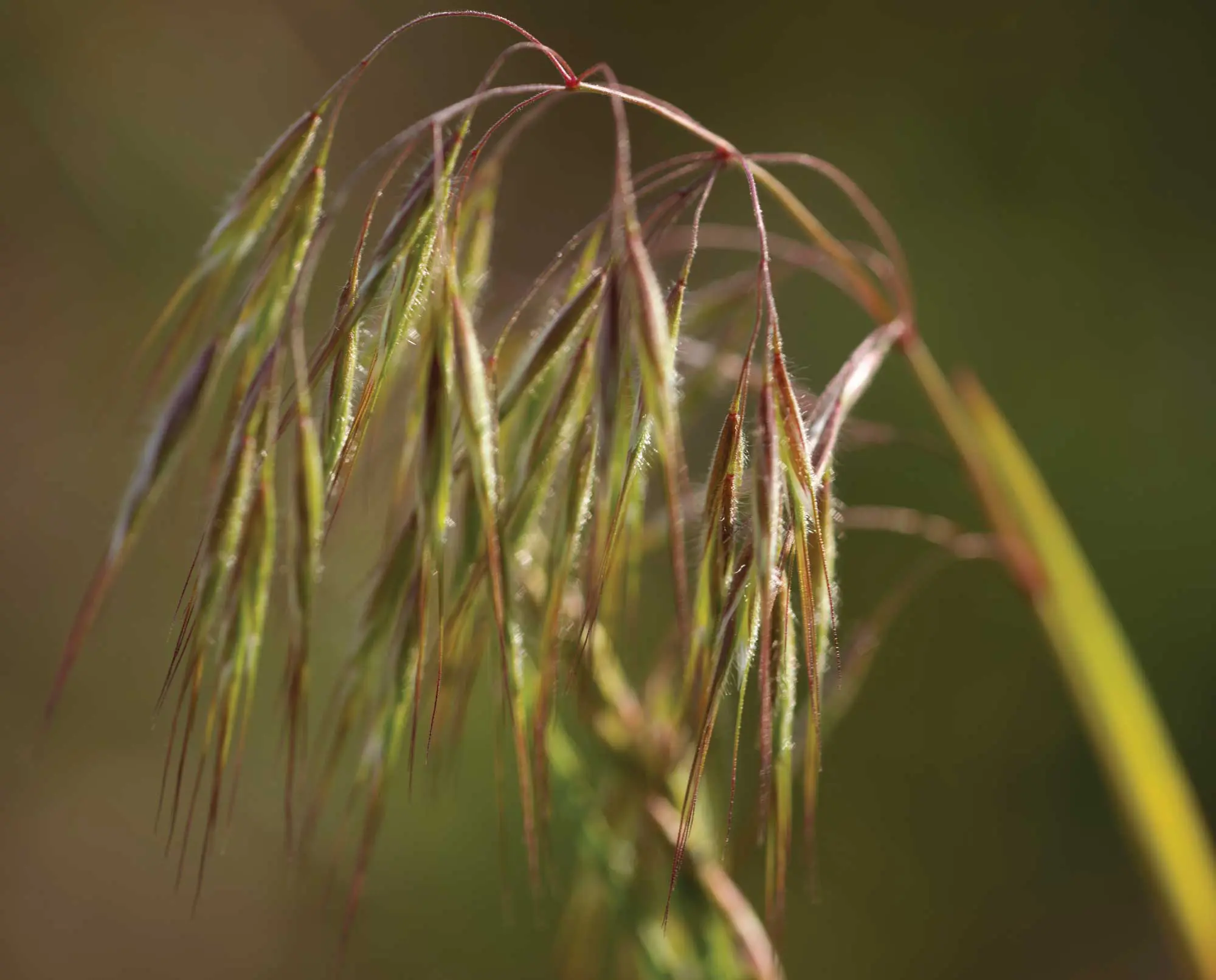
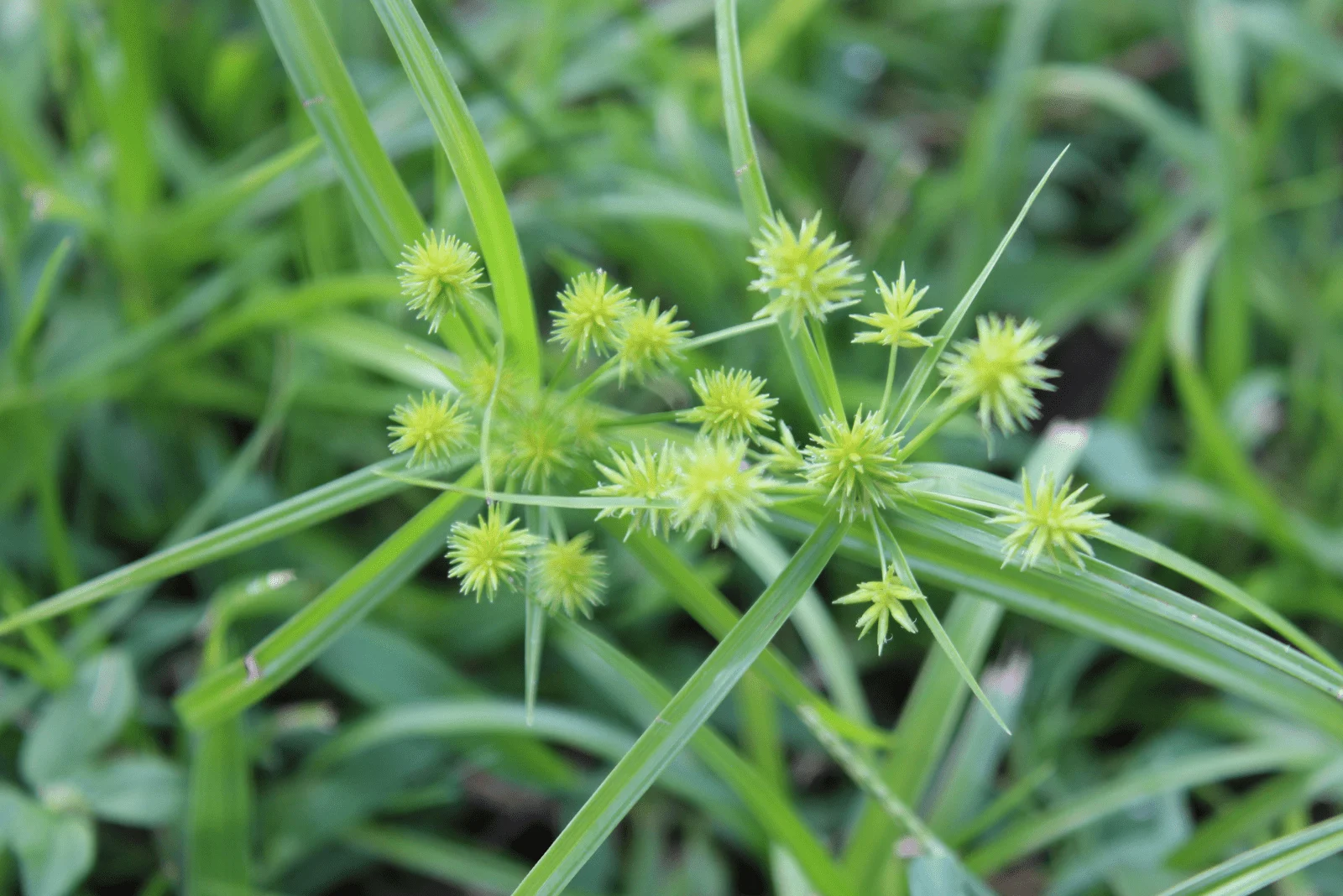
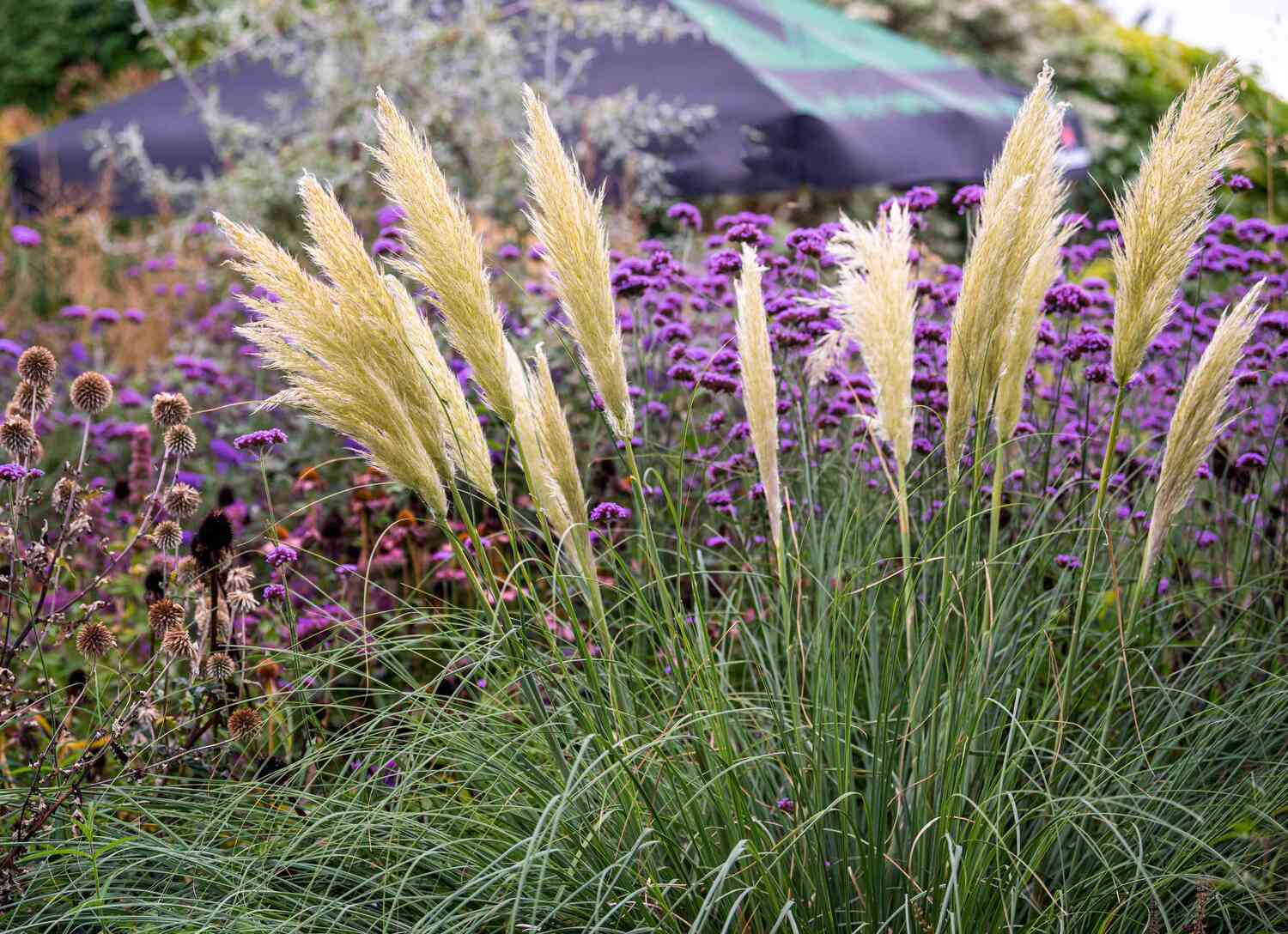
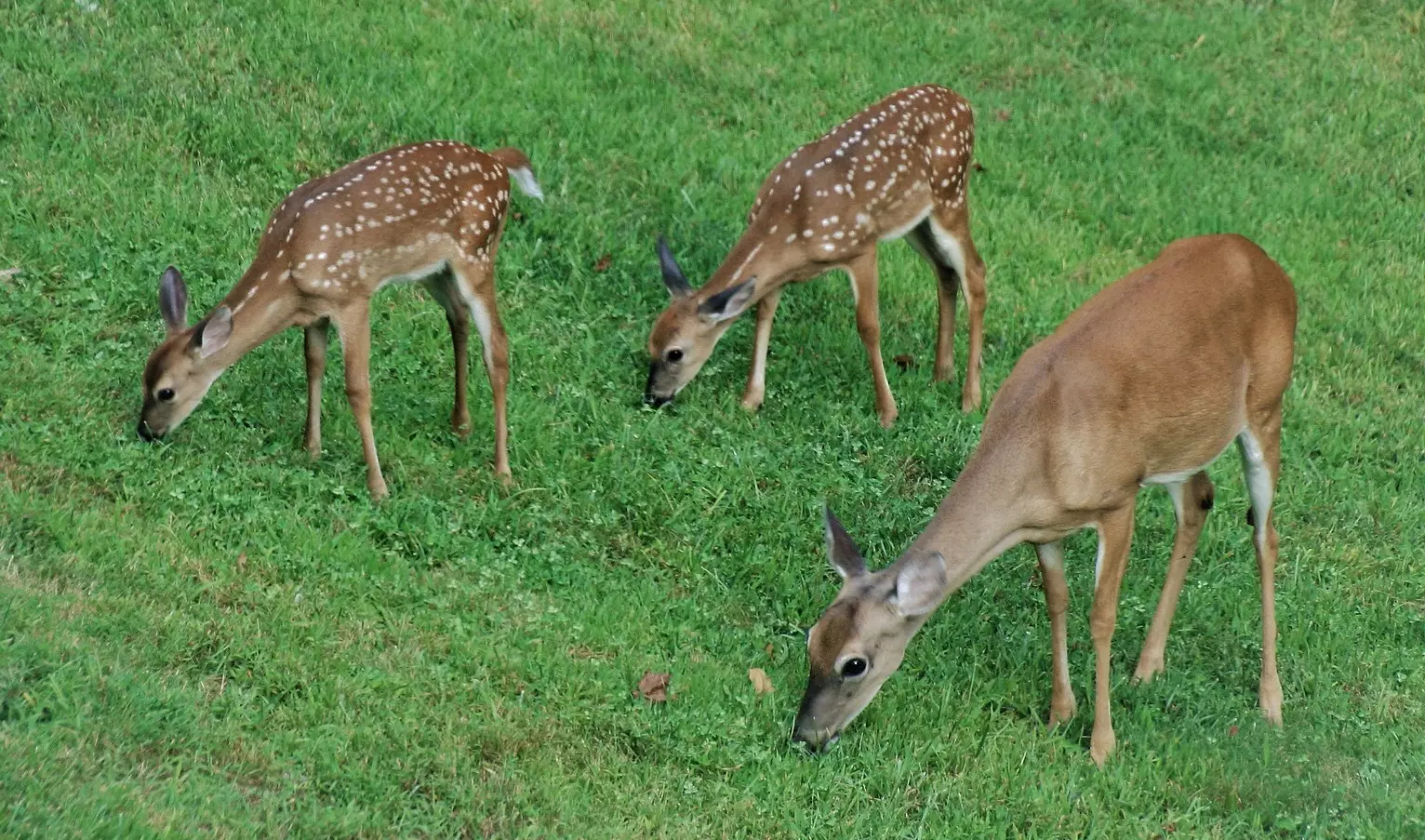
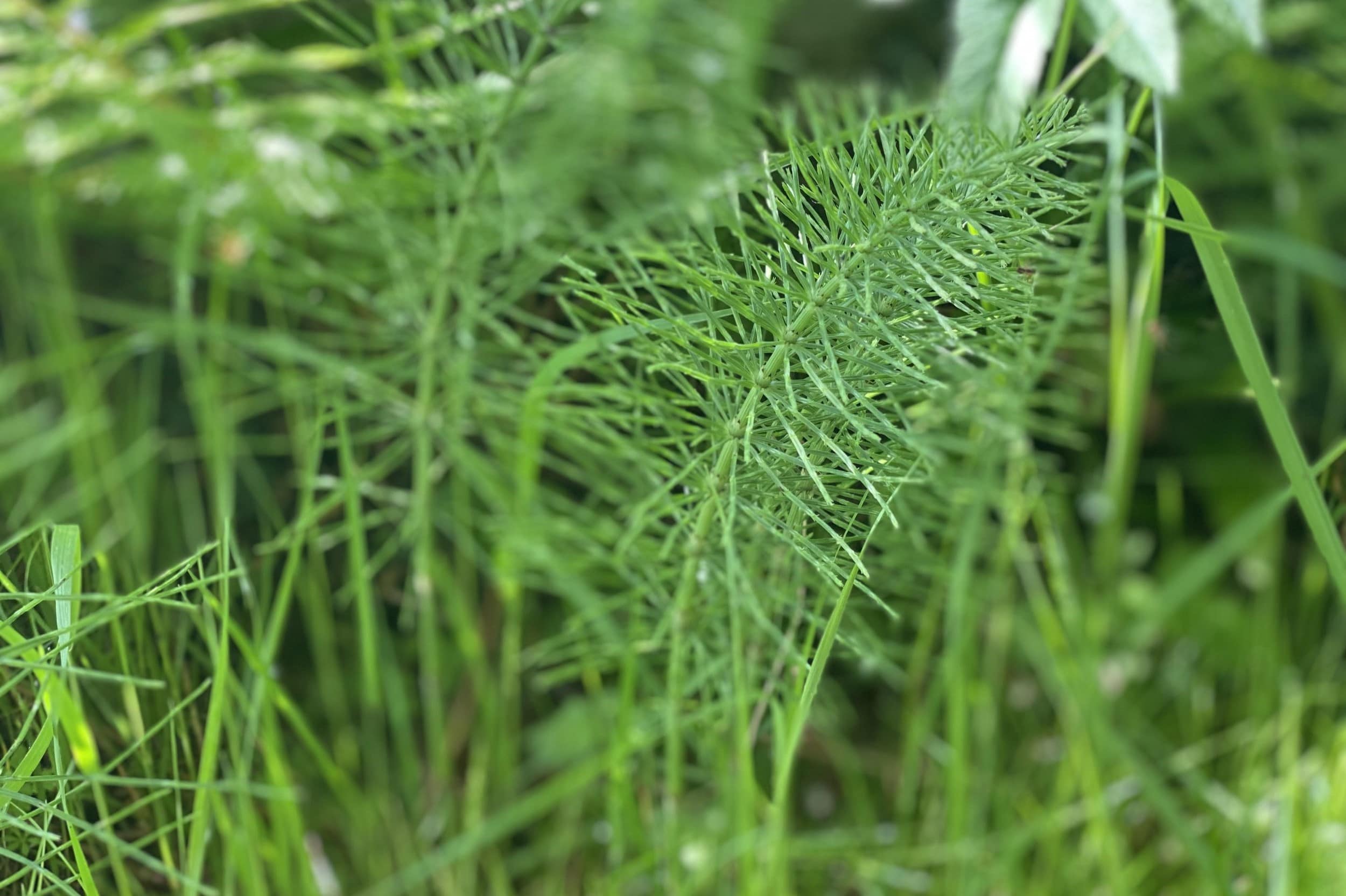
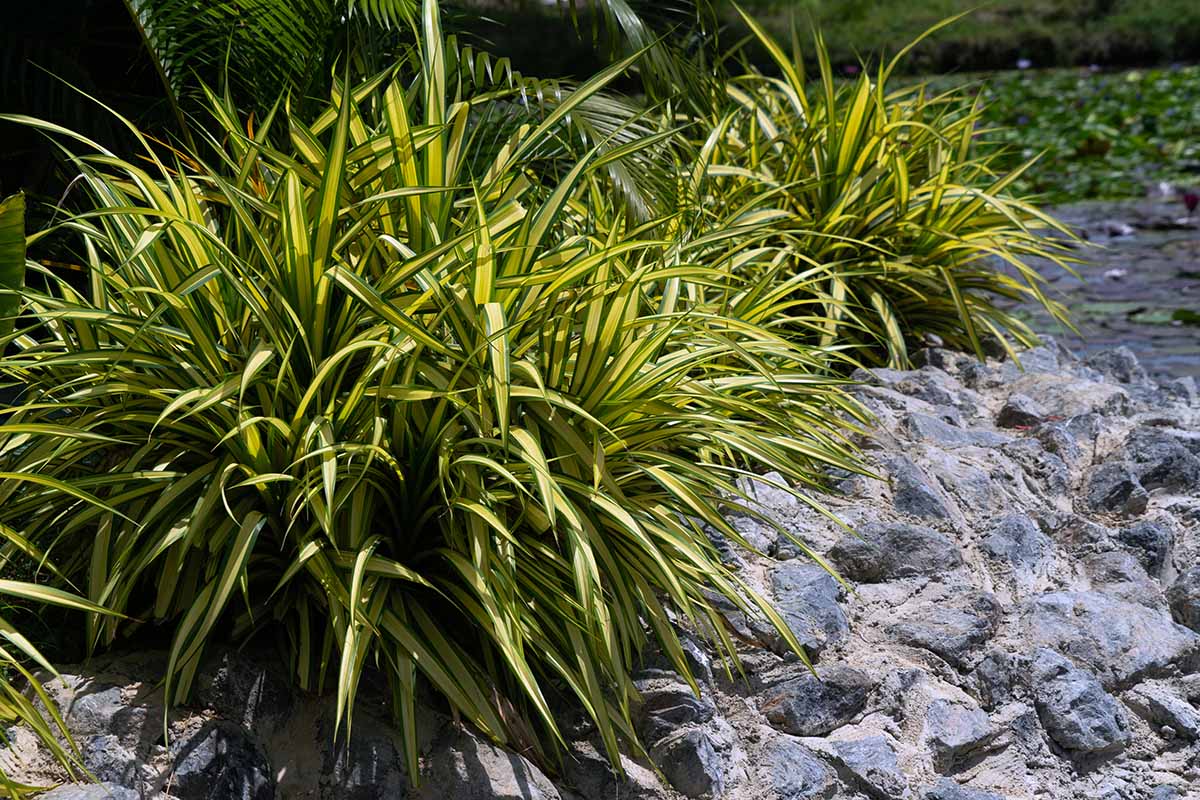
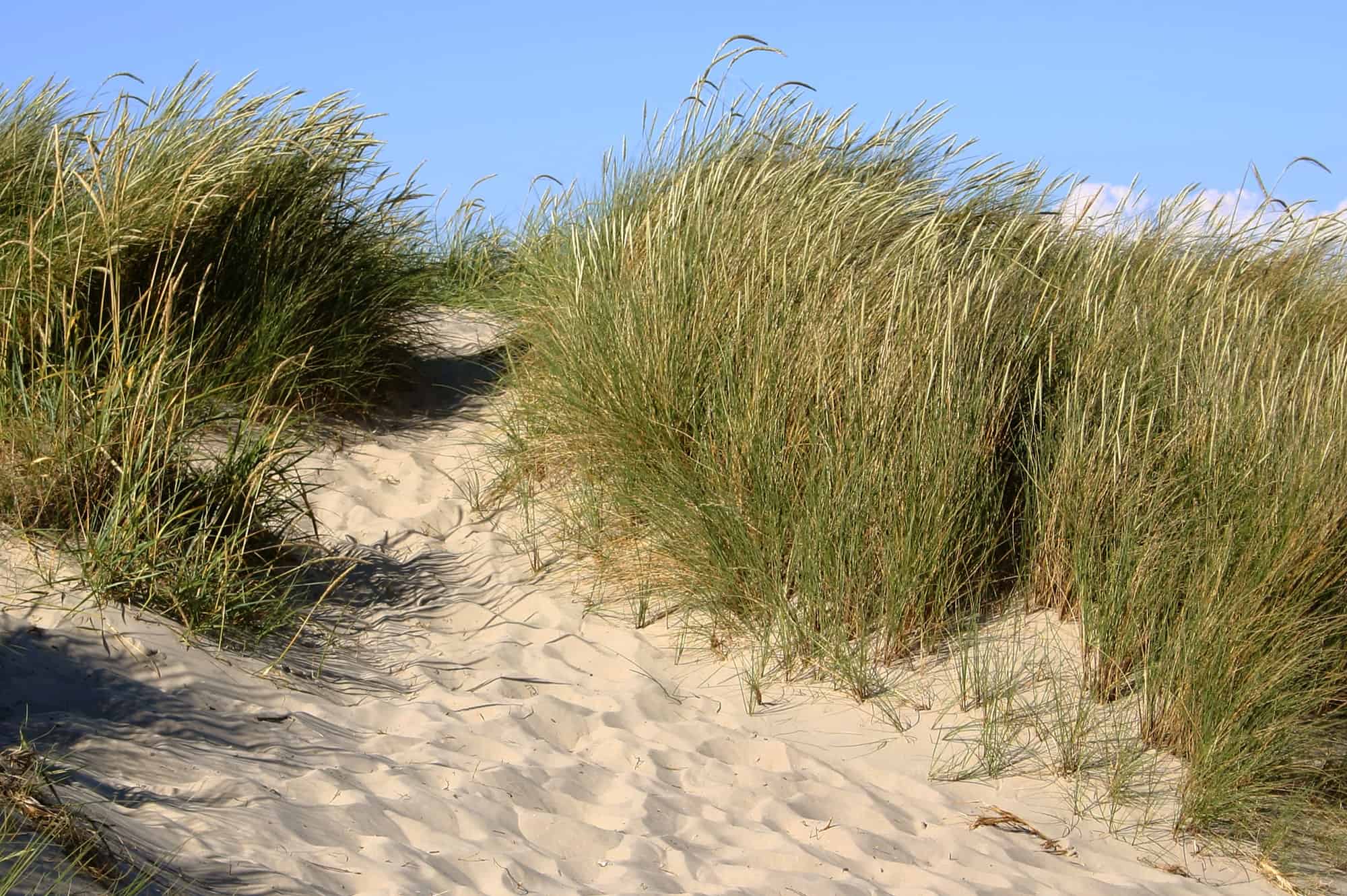
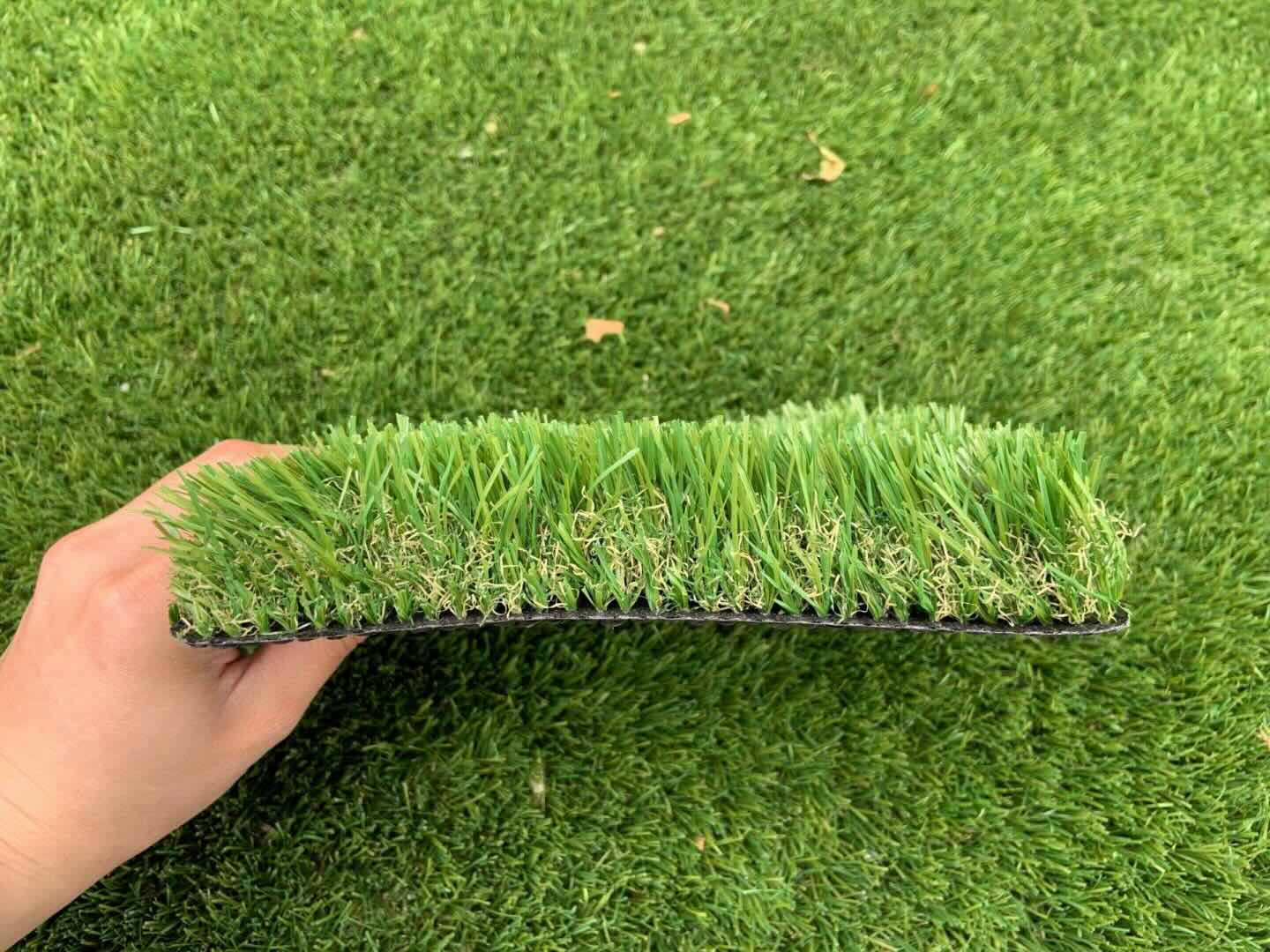
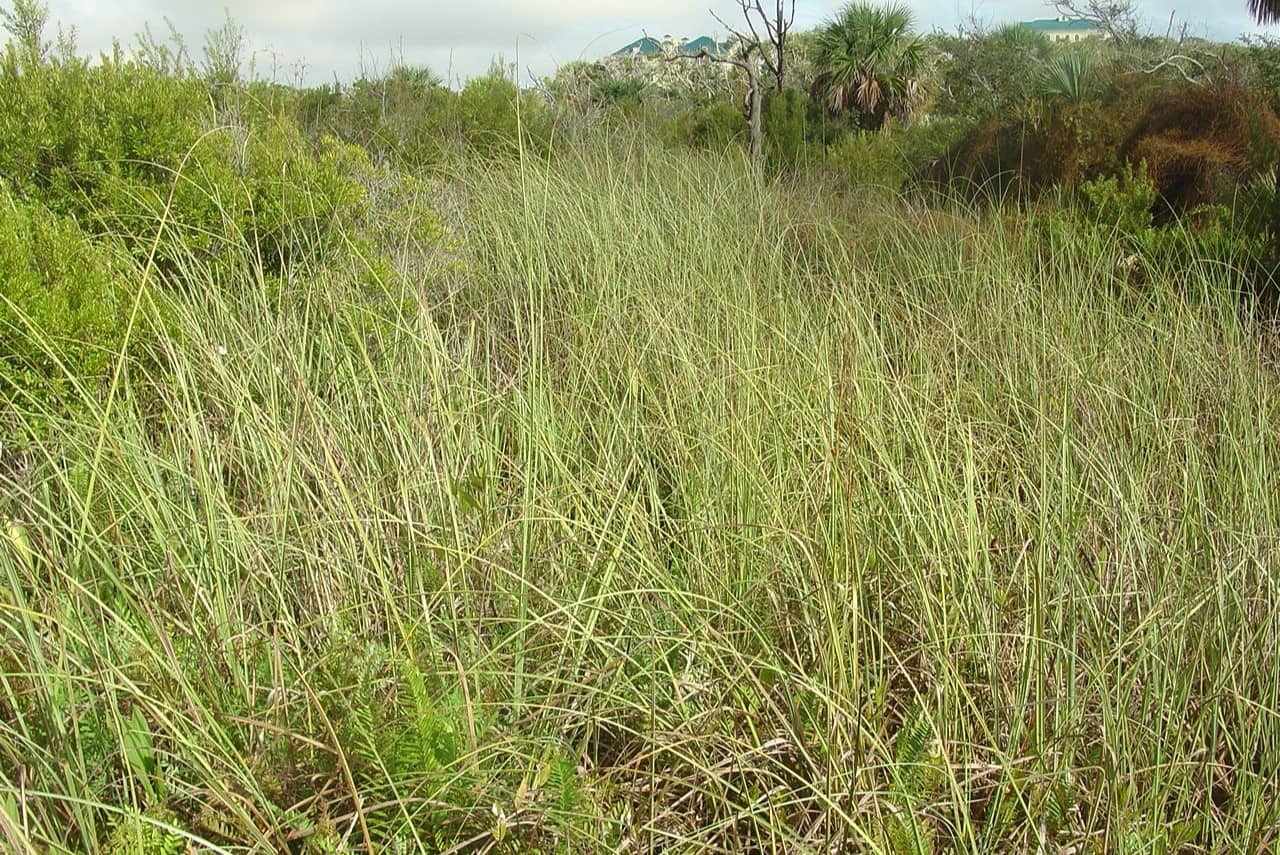
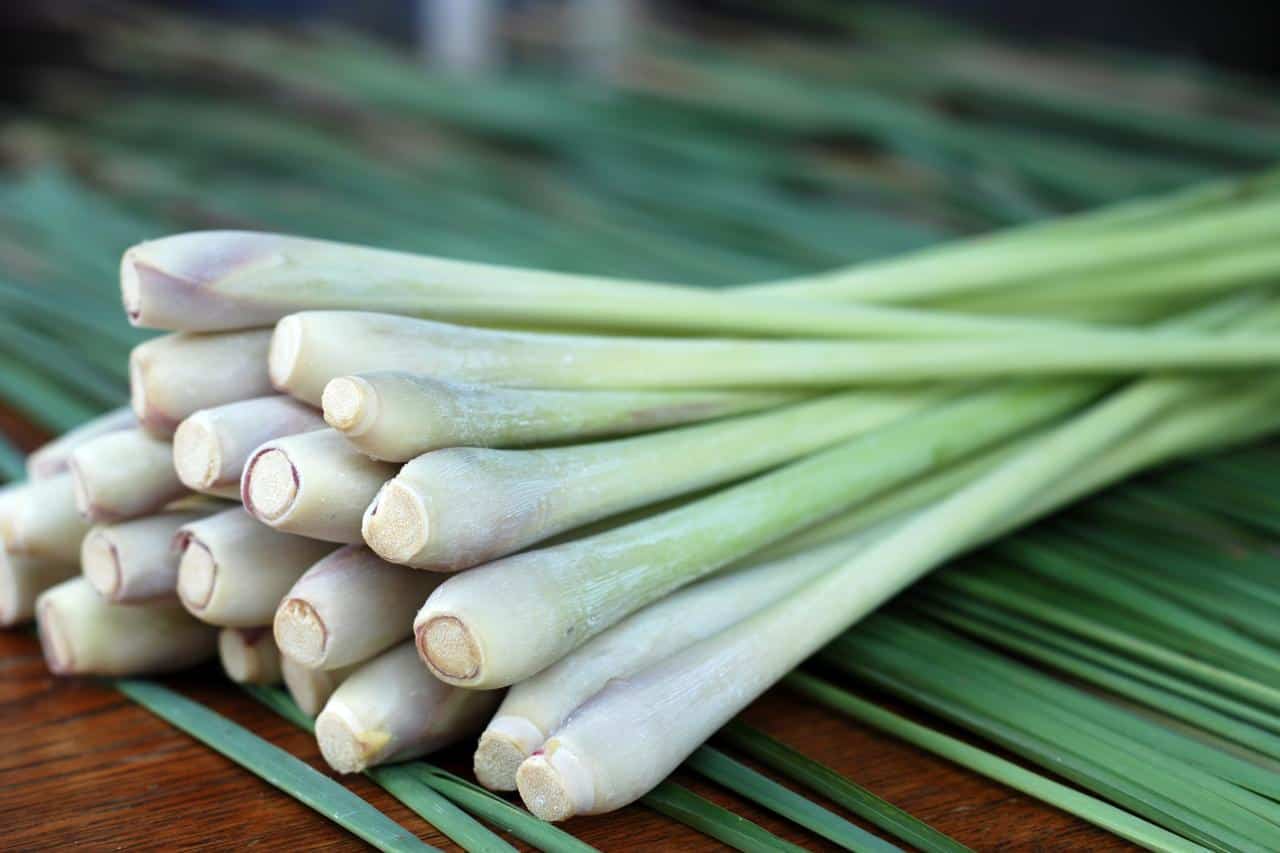

0 thoughts on “What Is A Grass Widow”